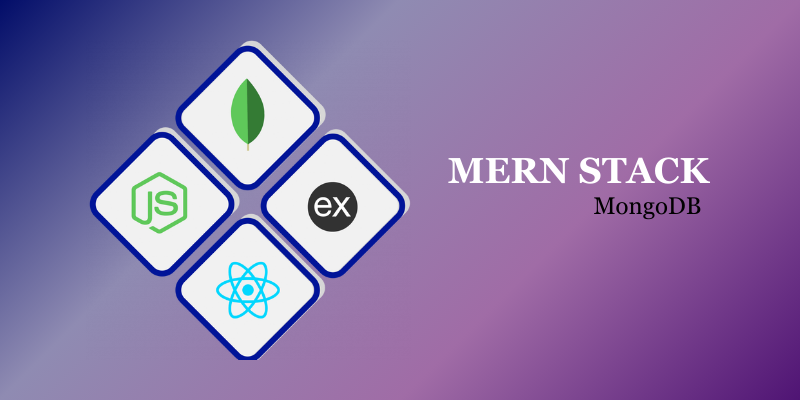
The MERN stack is a popular technology stack for building web applications and stands for MongoDB, Express.js, React, and Node.js. In the MERN stack, MongoDB is the “M,” standing for the database used in the stack. Have you ever wondered how modern applications handle vast amounts of data while ensuring flexibility and scalability? NoSQL databases, and MongoDB stands out as a robust and versatile solution. In this blog, we will delve into the Fundamentals of MongoDB, exploring its architecture, key features, and use cases. Join us on a journey to the MERN Stack Course in Chennai to understand how MongoDB works and why it has become a go-to choice for developers worldwide.
MongoDB Architecture
MongoDB is a NoSQL, document-oriented database that provides high performance, high availability, and easy scalability. Unlike traditional relational databases, MongoDB doesn’t store data in tables with rows and columns. Instead, it uses a flexible, JSON-like document format known as BSON (Binary JSON). This allows developers to store data in a way that mirrors the structure of objects in their programming language, making it easy to work with.
The core components of MongoDB include
- Database: MongoDB can manage multiple databases, each holding multiple collections of documents.
- Document: Documents are the basic unit of data in MongoDB, composed of key-value pairs and stored in BSON format.
- Field: Each key-value pair in a document is a field, which can hold various data types. Improve your web application development abilities by enrolling in MERN Stack Online Training, which will help you learn how to use the Struts Framework to create robust Java web apps.
Key Features of MongoDB
- Schema-less Design: MongoDB’s schema-less nature allows for dynamic and flexible data models. This is particularly advantageous in scenarios where data structures may evolve over time.
- Indexing: MongoDB supports various types of indexes, optimizing query performance and enabling efficient data retrieval.
- Aggregation Framework: MongoDB provides a powerful aggregation framework for data processing, allowing users to perform complex transformations and analysis on their data.
- Scalability: MongoDB can scale horizontally by sharding, distributing data across multiple servers. This ensures that as data grows, the database can handle increased load seamlessly.
Use Cases of MongoDB
- Content Management Systems (CMS): MongoDB is an excellent choice for CMS applications, where the flexibility of the database accommodates diverse content types.
- Real-time Analytics: Its ability to handle large volumes of data and provide real-time insights makes MongoDB suitable for analytics applications.
- Catalogs and Inventory Management: MongoDB’s dynamic schema makes it ideal for managing catalogs and inventories, especially in e-commerce platforms.
Here, Fundamentals of MongoDB position it as a leading player in the NoSQL database landscape. You can gain more expertise and ability in designing dynamic and interactive web applications by studying at the Software Training Institute In Chennai. Its flexibility, scalability, and ease of use make it an attractive option for developers working on a variety of applications. So, its ability to adapt to the ever-changing landscape of data management, providing a reliable and efficient solution for the challenges of today’s software development. Whether you’re a seasoned developer or just starting your journey, understanding MongoDB fundamentals is a valuable asset in navigating the dynamic world of databases.
Also Check: MERN Stack Developer Salary for Freshers
